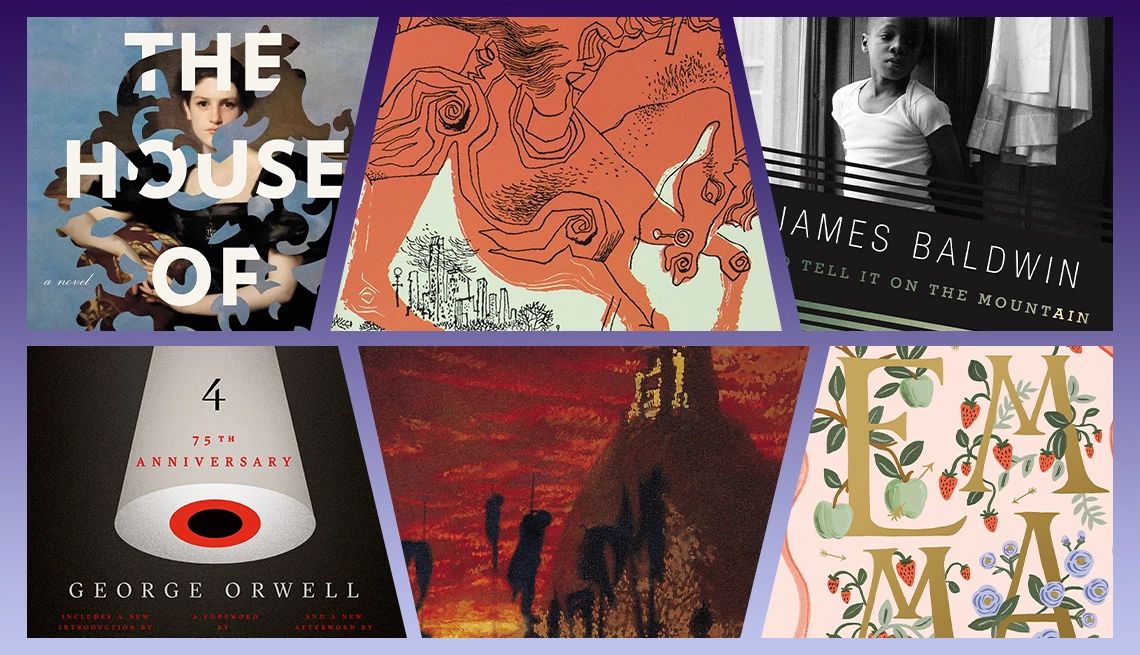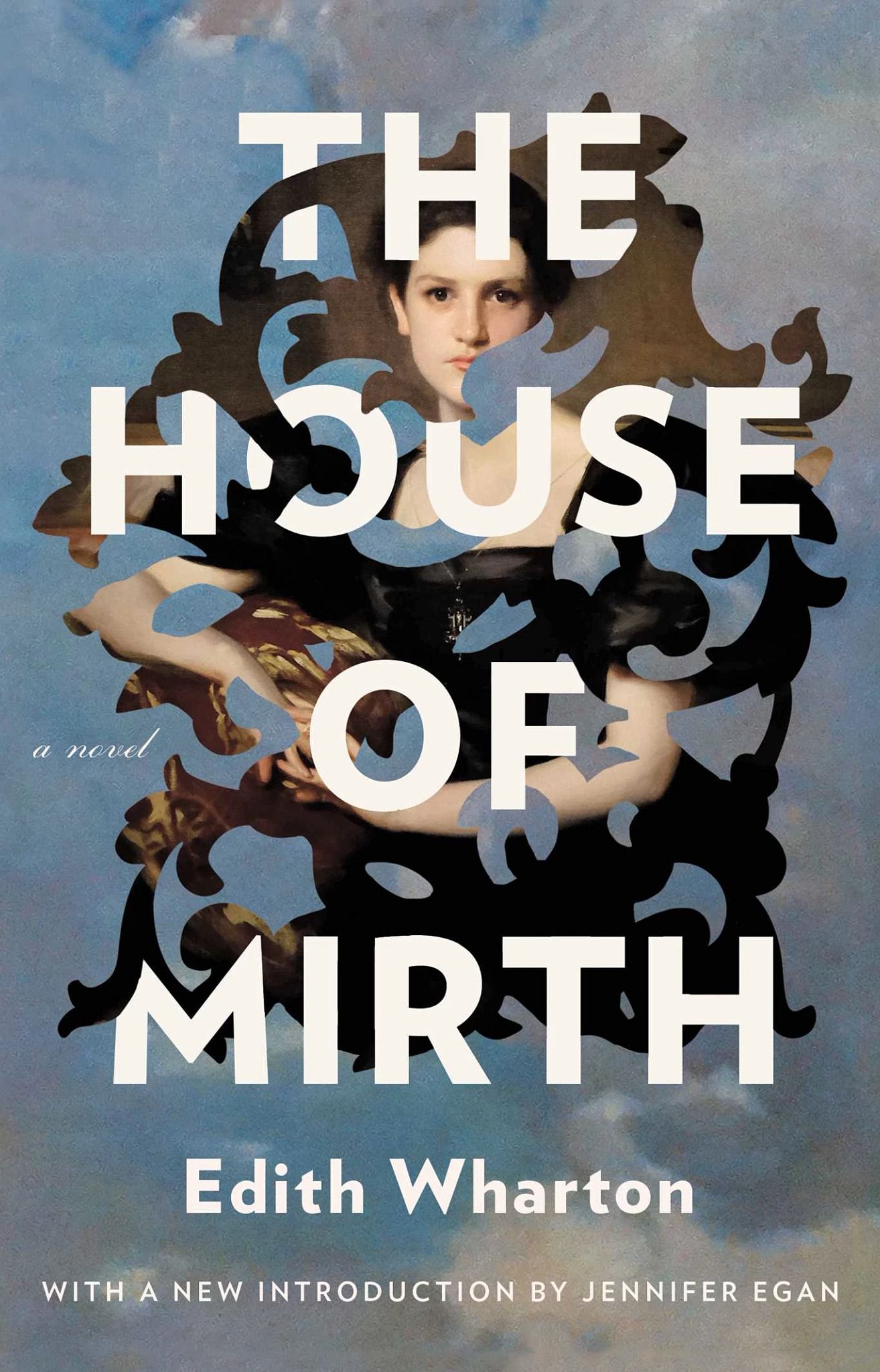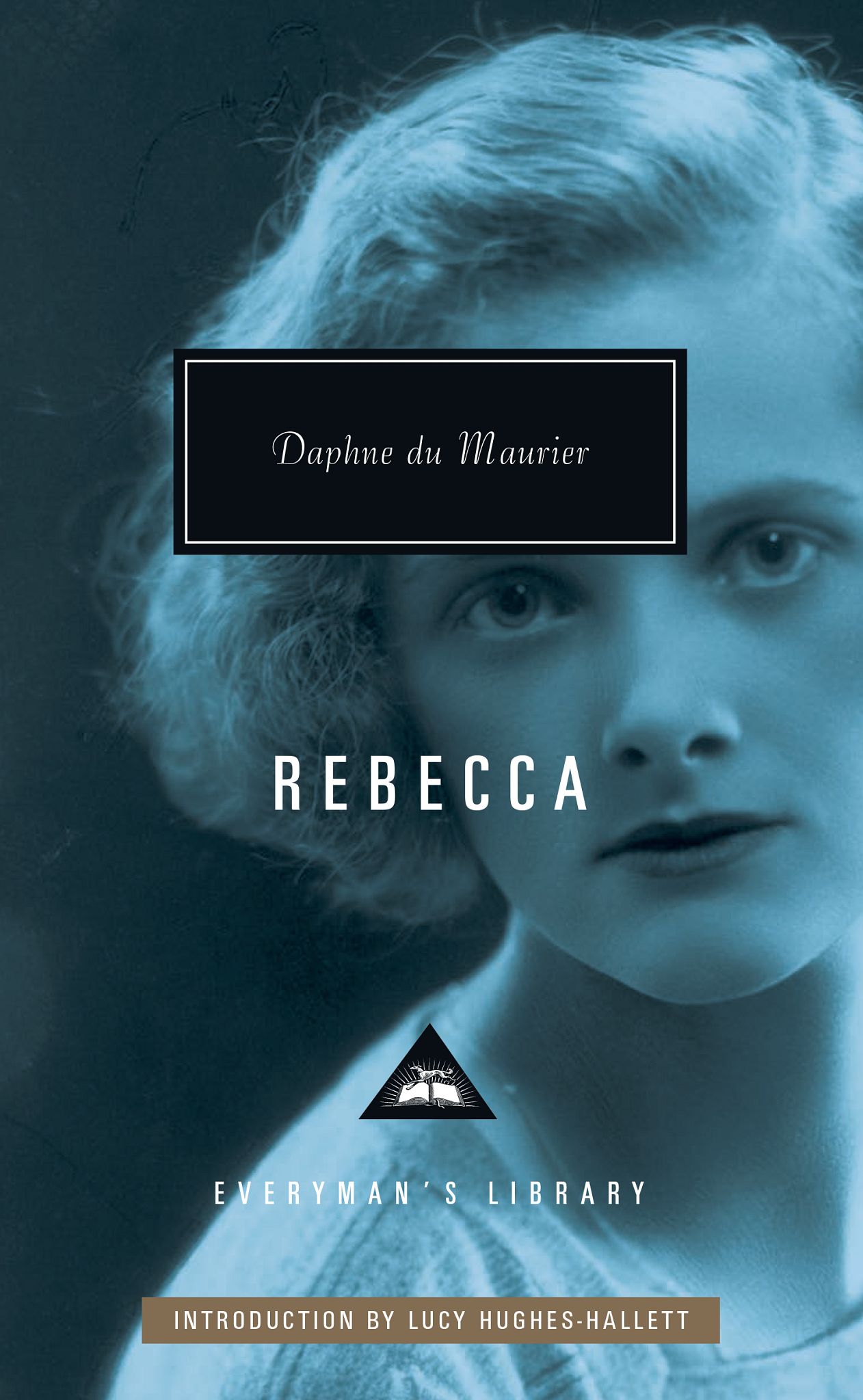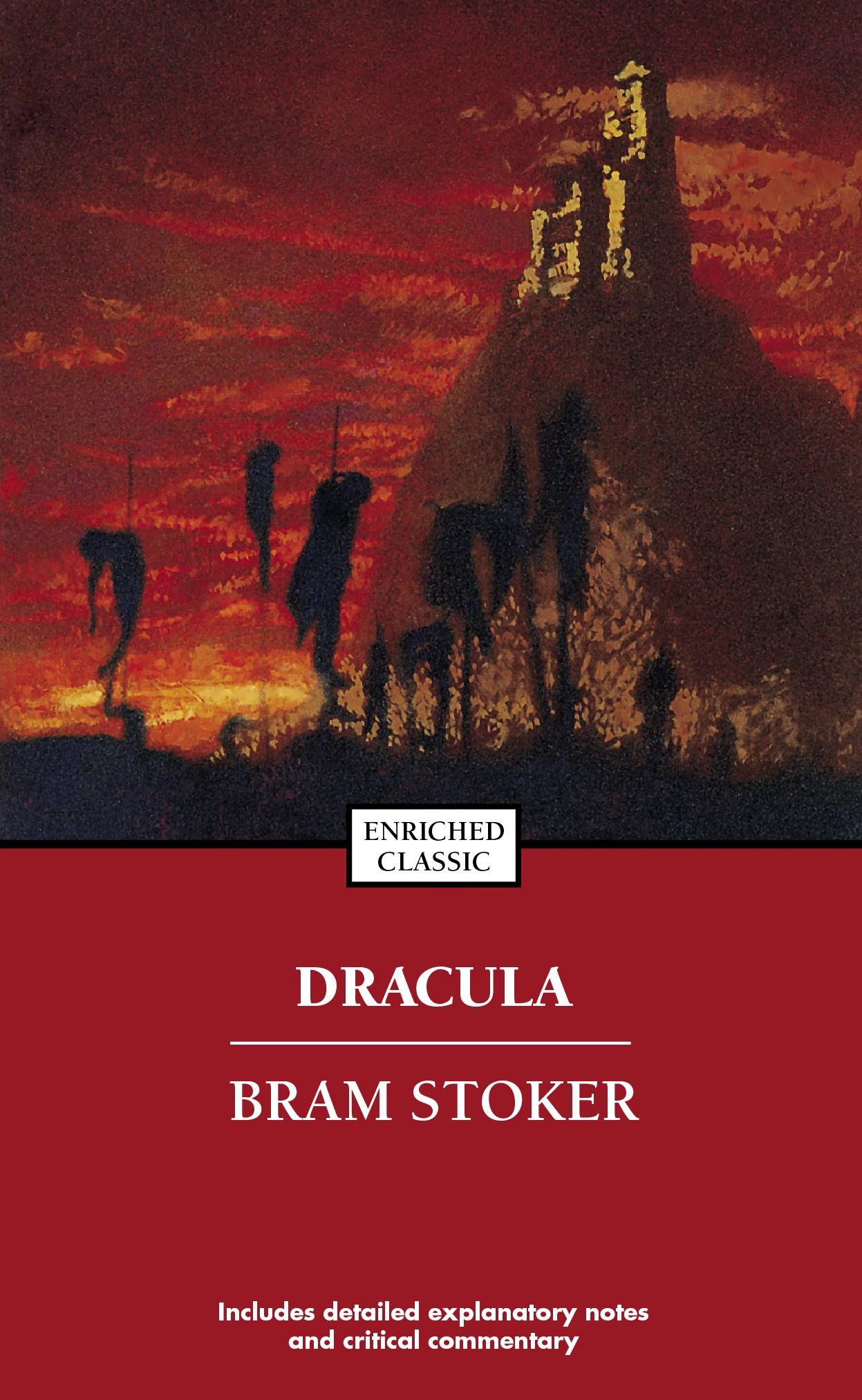AARP Hearing Center


The best classic books endure decades after they were scribbled in pen and ink or pecked out on a manual typewriter. Some might have felt irrelevant when they were forced upon you in high school, but if you read them with more maturity — and voluntarily! — you may find them as entertaining or absorbing as any of the more modern books on your TBR list. The ten below are some of our all-time favorites, although there are many others we could have included (Jane Eyre, East of Eden, Invisible Man, Dostoyevsky’s The Idiot…).
If you’re not a fan of our picks, let us know in the comments section below and share your own faves.
The House of Mirth by Edith Wharton (1905)


In this brilliant satire of turn-of-the-century New York elites, Wharton illustrates a woman’s impossible role in a sexist, materialistic society. Think of it as a witty, tragic mix of The Real Housewives of New York and The Gilded Age. It’s the 1890s and socialite Lily Bart, 29, is secretly broke, battling a gambling addiction, aging out of the marriage market and hung up on a not-rich-enough (for her upper-class needs) lawyer. Her fortunes sink further after she appears scantily clad in a tableau vivant at a social event, rousing the affections of her lawyer but plunging her lower on the social scale. Lily trusts all the wrong people; her troubles multiply, and she starts abusing drugs. Near the tragic end, Lily confesses, “I have tried hard — but life is difficult, and I am a very useless person.” Sob! Alternatively (or also), read Wharton’s 1921 Pulitzer Prize winner, The Age of Innocence.
Rebecca by Daphne du Maurier (1938)


The famous first line of du Maurier’s gothic thriller about corrosive jealousy — “Last night I dreamt I went to Manderley again” — is said by our female narrator, a reference to the mansion known as Manderley on England’s Cornwall coast, where she arrived as a newlywed years prior. Known only as the second Mrs. de Winter, our then-young narrator impetuously married an older, wealthier widower, Maxim de Winter, with whom she came to reside in this haunted home by the sea. Manderley’s formidable housekeeper, Mrs. Danvers, makes it clear that she reveres the seemingly perfect first Mrs. de Winter, the titular Rebecca, who reportedly died in a sailing accident. As our narrator becomes convinced that Maxim could never love her as he loved the beautiful Rebecca, a shipwreck in the bay reveals even harsher truths. The Academy Award-winning 1940 Hitchcock film is also a classic, albeit one with a less brutal ending than this page-turner.
Dracula by Bram Stoker (1897)


Irish author Stoker introduces us to Count Dracula at his Transylvanian castle, where solicitor Jonathan Harker is helping him prepare for a move to England. Poor Harker: Dracula leaves him imprisoned in the castle with three bloodthirsty vampire women and sets sail for his new home. The vessel crashes into a pier in Whidby, England, with no crew members and a large, doglike creature, which jumps ashore and flees. It’s not long before Lucy, a sleepwalking maiden in town, manifests a strange illness involving, yes, blood loss. The drama continues in this wildly influential classic, whose action unfolds in part through diary entries by three people: Harker; Lucy’s friend and Harker’s fiancée, Mina; and Lucy’s suitor Dr. Seward. Each character contributes their puzzling bit of the story, so the book almost reads like the script of a true-crime podcast. Stoker’s novel wasn’t the first to draw on the bloodsuckers of Eastern European folklore, but its lasting popularity launched our unkillable obsession with the undead.











































































More From AARP
12 Fantastic Book Club Reads Now in Paperback
Your group will love these bestsellers and award winners
39 Words Added to English Dictionaries
Learn the meanings of ‘delulu,’ ‘touch grass’ and ‘broligarchy’
Poetry for People Who Don’t Like Poetry
There’s ‘no wrong doorway’ into the magical world of verse. Enter with us